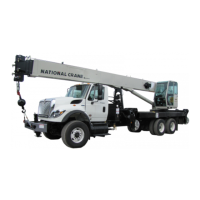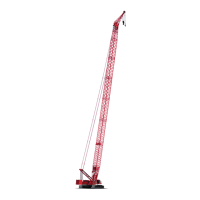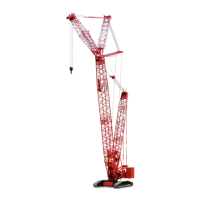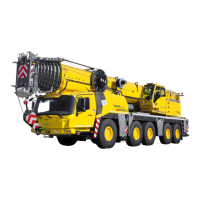POWER TRAIN 14000 SERVICE MANUAL
7-14
Published 09-05-14, Control # 226-02
DEF Dosing System
The diesel exhaust fluid (DEF) is supplied to the DEF dosing
module (7, Figure 7-9
) by a DEF delivery system.
DEF Delivery Heating/Cooling System
Engine Coolant
Warm coolant from the engine is routed to a manifold (1)
where it splits into two paths: one delivers coolant to the heat
exchanger in the DEF tank (5) to keep the DEF warm or to
unthaw, and the other delivers coolant to the dosing module
(7) to keep it from overheating. See Figure 7-9
for hose
routing and coolant flow direction.
A solenoid valve (3) adjusts coolant flow according to
temperature of the DEF in the DEF tank. If the tank
temperature drops below 25° F (–4° C), this solenoid valve
will be commanded open by the ECM, and engine coolant
will flow through the heat exchanger in the DEF tank.
24 VDC Heating Elements
To keep the DEF flowing during cold temperatures, one
electric heating element is in the DEF supply module and
one heating element is installed in each DEF line. These
elements come on if the ambient air temperature sensor
reads a temperature below 25° F (–4° C).
Maintenance Heating Cycle
The DEF dosing module will not prime the system until every
component is completely defrosted. If ambient conditions
continue to be cold after the system has primed, the ECM will
command a maintenance heating cycle to prevent the DEF
system from refreezing. This feature will cycle the heating on
and off to the DEF lines, DEF tank, and dosing module.
NOTE: DEF will freeze at 12° F (–11° C) and when frozen
will expand by 7%. There are no approved
additives to improve the freezing point.
DEF Supply Module
The DEF supply module (4, Figure 7-9) is an electronically
operated pump and metering system controlled by the ECM.
The module pumps DEF to the dosing module which is
mounted on the DRT.
At engine shutdown, the supply module will enter a purge
cycle to prevent DEF from being left in the system, and in
cold climates, potentially freezing. When it is in a purge
cycle, an audible click and pumping sound will be heard from
the module, and the module will pull out all of the DEF in the
system and return the unused DEF to the DEF tank.
The supply module is heated electrically (see above) and
has a 10-micron filter that requires periodic cleaning and
inspection. For filter maintenance intervals, refer to the
supplied Cummins engine manual.
Diesel Exhaust Fluid (DEF)
NOTE: Do not store DEF for long periods of time. DEF will
deteriorate relative to time and temperature. Low-
quality DEF may require the tank to be drained and
the system purged.
NOTE: DEF consists of 32% urea and 68% de-ionized
water. A constant mist of DEF, equal to 2-3% of fuel
used, is injected into the DRT. This is about 10
gallons of DEF per 2-3 tankfuls of fuel.
The engine control module monitors DEF quality via a
sensor in the tank. If poor quality DEF is sensed, an error
code will be set.
WARNING
Personal Injury or Equipment Damage Hazard
Do not remove hoses from or attempt to service the DEF
supply module without first consulting the engine
manufacturer’s instructions. Personal injury and/or
equipment damage may result.
CAUTION
Use Only Approved Replacement Parts
DEF system components are designed to withstand
freezing and to be compatable with DEF fluid and other
unique characteristics of the system. Use of non-
approved replacement parts may result in system
damage.
WARNING
Chemical Hazard
DEF contains urea. Do not get DEF in your eyes. In case
of contact, immediately flush eyes with large amounts of
water for a minimum of 15 minutes. Do not swallow. In the
event the DEF is ingested, contact a physician
immediately.
CAUTION
Loss of Power or Engine Shutdown Hazard
If poor-quality DEF or a low-level condition is sensed, an
error code will be set. These conditions can lead to engine
power being reduced (de-rated) by the ECM. If the
condition persists, engine shutdown may occur.
For more information, refer to Fault Level Indicators in
Section 3 of the 14000 Operator Manual.

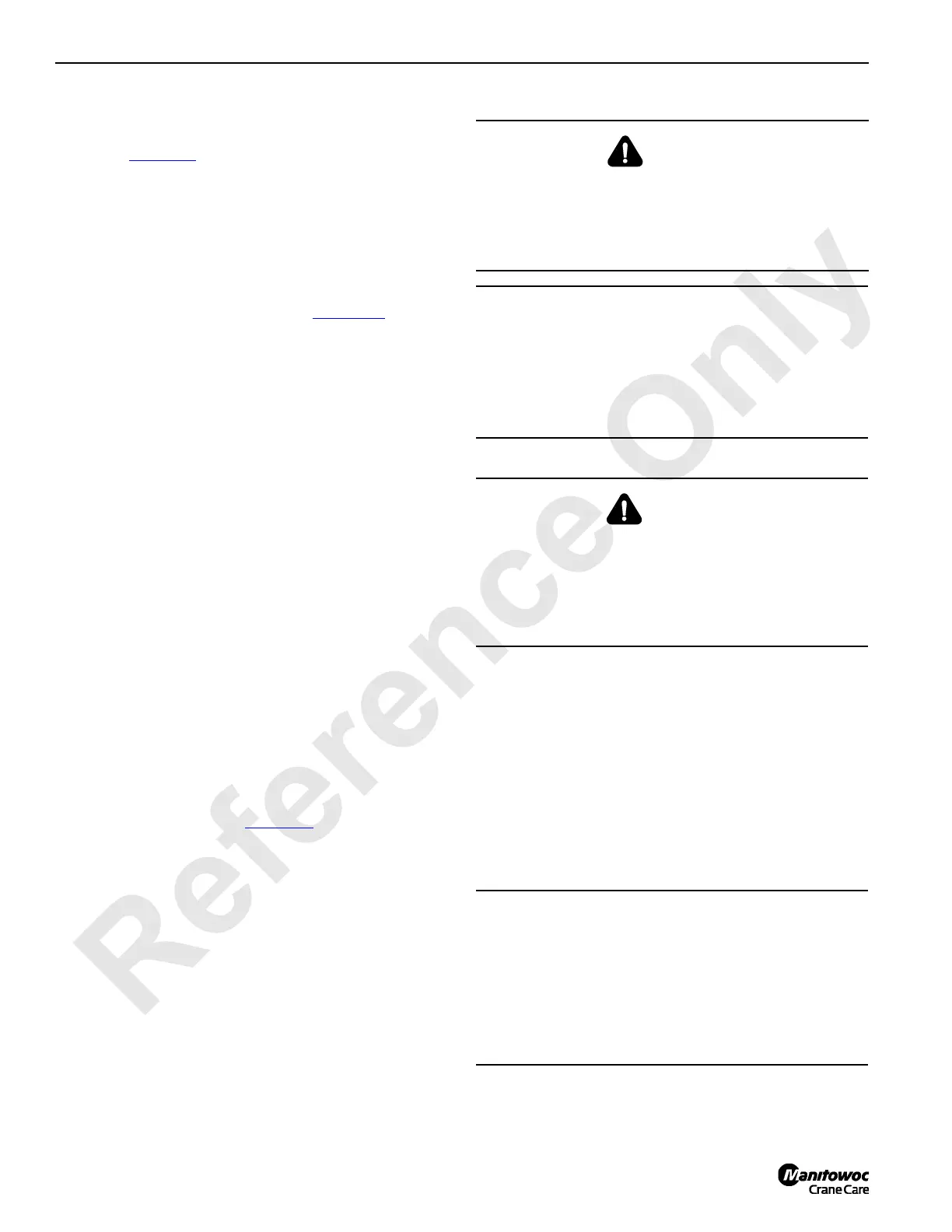